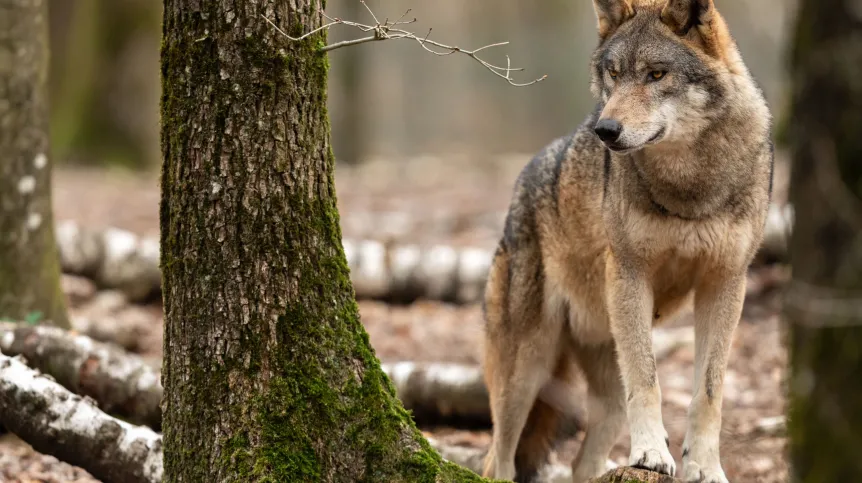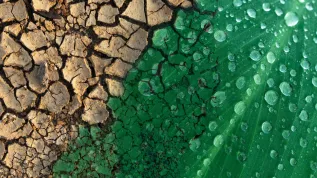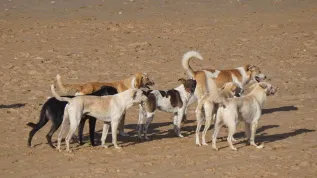
I confirm that Poland does not intend to lower the protection status of wolves, Mikołaj Dorożała, Undersecretary of State in the Ministry of Climate and Environment, says in referrence to the change of classification of this species from 'strictly protected' to 'protected', voted on December 3 in the Council of Europe.
'The wolf protection system in Poland has been very efficient for years and there is no need to make any changes at the moment', he assures.
'Poland has a compensation system for damages caused by wolves. Additionally, if the General Directorate for Environmental Protection identifies any particularly aggressive individuals, it can issue derogations from the shooting ban. There have already been about 50 such derogations in the recent period', he reminds.
According to the deputy minister, the thing worth doing in the context of wolves is to conduct good monitoring of their European populations. 'We still know too little about them. And without good monitoring, no hasty decisions should be made', he adds.
Such monitoring system, he reminds, is already being created by the European Commission, and Polish scientists are also involved. 'Scientific research is crucial. Knowledge is what counts above all, not emotions; and all subsequent decisions must be based on it', he says.
Dorożała points out that there are currently other issues in Poland related to damage caused by protected animals that need to be addressed more urgently; this includes bears in some areas of Podkarpacie. 'Together with the General Directorate for Environmental Protection, we have developed several proposals for legislative changes related to prevention, i.e. effective deterrence of these animals from inhabited areas', he says.
'However, when it comes to wolves, there is no need for any changes', he concludes.
On December 3, the Council of Europe voted to change the status of the wolf from 'strictly protected' to 'protected'. As a result, the European Union will be able to change its regulations. This will allow EU member states to cull the predator's populations.
The status of the wolf is regulated by the Bern Convention - a document adopted by the Council of Europe, the governing body of which is the Standing Committee. It was the committee that voted on the change initiated earlier by the European Union.
The change in international law paves the way for changes to EU regulations. It will come into force on 7 March. After this date, the European Commission can propose an amendment to the Habitats Directive.
The idea is to give member states 'more flexibility' in managing the wolf population - they will be able to cull these predators. 'Moving the wolf' from one annex of the EU directive to another will require the consent of the European Parliament and the EU Council, which means that the change will have to go through the entire legislative procedure.
'Important news for our rural communities and farmers', European Commission President, Ursula von der Leyen said after the vote. 'The Bern convention has decided to adjust the protection status of wolves. Because we need a balanced approach between the preservation of wildlife and the protection of our livelihoods'.
The European Commission proposed the change in December 2023. The media linked the proposal to the loss suffered by von der Leyen - a wolf killed her pony Dolly on a farm in Germany.
'Changing the wolf protection status means that in many European Union countries it will become a game species, and shooting will seriously threaten the sustainability of this predator's population', warns Robert Mysłajek, Vice President of the Association for Nature WOLF.
According to the EC, the population of wolves in EU countries has increased significantly over the last 20 years. There are over 20,000 animals of this species living in 23 EU member states. The countries with the largest numbers of wolves, according to 2021 estimates, are Italy (approx. 3,000), Romania (approx. 2.5-3,000), Bulgaria (approx. 2.700) and Poland (approx. 1.900).
According to the Association for Nature WOLF, there are currently approx. 3.5 thousand individuals living in Poland.(PAP)
Katarzyna Czechowicz
kap/ bar/ amac/













